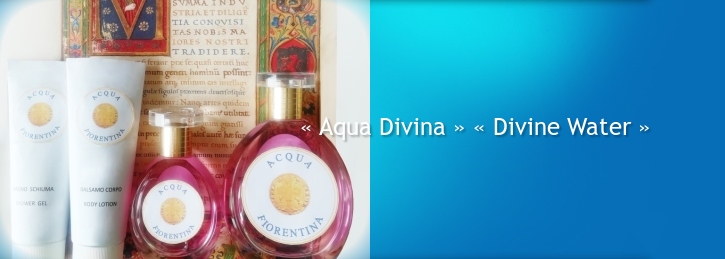
 |
 |
 |
 |
 |






lip service iphone case
SKU: EN-A10255

lip service iphone case
HTC and Lenovo are making the first standalone Daydream models, powered by Qualcomm silicon. These headsets will be totally self-contained, not require a phone, and will run Daydream VR apps. They will also have built-in "WorldSense" cameras that allow some room-tracking and movement. That's similar to Microsoft's upcoming low-cost VR headsets for Windows PCs -- but unlike those, the Google ones won't require you to be physically cabled to a computer. How much will these headsets cost? How long will the batteries last? Will they be fun and easy to use? We have no idea yet, but Google's intending on these to be more advanced alternatives to the plug-in-your-phone Daydream View VR headset solution sold since last year. These sound promising, but buying into a separate headset will inevitably cost more than a simple Daydream accessory for the phone you already have. Will the proposition be worth the price?.
Asus Zenfone AR: the only fully AR-VR ready Google phone, but it won't be the last, Daydream for phones, Tango, Standalone Daydream, Oh, and there's also YouTube 360 -- the 360-degree video that's a sorta-kinda VR experience that works in any browser, That's a lot of options, Maybe too many, But it brings me back to good ol' Cardboard, Guess what? Cardboard still works, It's ugly, it's basic, and you can even use it on an iPhone, But it's still the best way to share VR with kids and people who don't want to spring lip service iphone case for specialized hardware, And it worked with any phone..
Cardboard feels like an afterthought. But to me, it's a reminder of how quickly Google's advanced and diversified its VR approach. Daydream View and Tango aren't VR and AR for everyone: they're VR and AR for those who have the right gear. But that's just for now. It's a safe bet that Daydream and Tango compatibility could well be table stakes for high-end (and maybe even midrange) Android phones in a year or two. Fast-forward several years, and most mainstream phones will probably be VR and AR-ready.
Or, standalone headsets for VR could be affordable and ubiquitous enough that it won't matter, Google seems like it's trying to win now by approaching all fronts at once, For the person who's buying a phone right now, that's going to mean some tough lip service iphone case choices, But for Google, it might just be a win/win, positioning itself in all territories just as the AR/VR arms race with Microsoft, Facebook and Apple heats up, I'm just a little bit concerned that three different trajectories on three different categories of products is a lot more challenging to get people to try than plain old Cardboard..
Like search and advertising before it, Google is setting the stage to dominate VR and AR by going all-in on mobile. Three years ago, Google debuted Cardboard, a clever sub-$20 DIY kit that turned nearly any phone into a VR viewer. It was brilliantly simple -- so cheap and universal that The New York Times eventually gave it away for free to its print subscribers. And it worked as a smart counterpoint to the high-end PC-based VR hardware from Oculus, which had been acquired by Facebook just two months earlier.
- best iphone xr cases online - silicone case
- iphone screen protector didn't work
- significant otters - otters holding hands iphone case
- a kind of magic iphone case
- elegant faux rose gold glitter white marble ombre iphone case
- iphone 6/6s sheer glam case
- protect verge case for apple iphone 7 plus and 8 plus - clear/graphite/gunmetal logo
- reprieve sport case for apple iphone 7 - black/clear
- ballet dancewear for toddlers
- wedding ballet flats,black and ivory,ballet slippers,lace ballet flats,wedding flats,bridal shoes,vintage wedding,elegant,recept
- personalized sterling silver ballet shoes necklace- swarovski birthstone- dancer gift- recital gift-point shoes-love to dance gi
- More...


